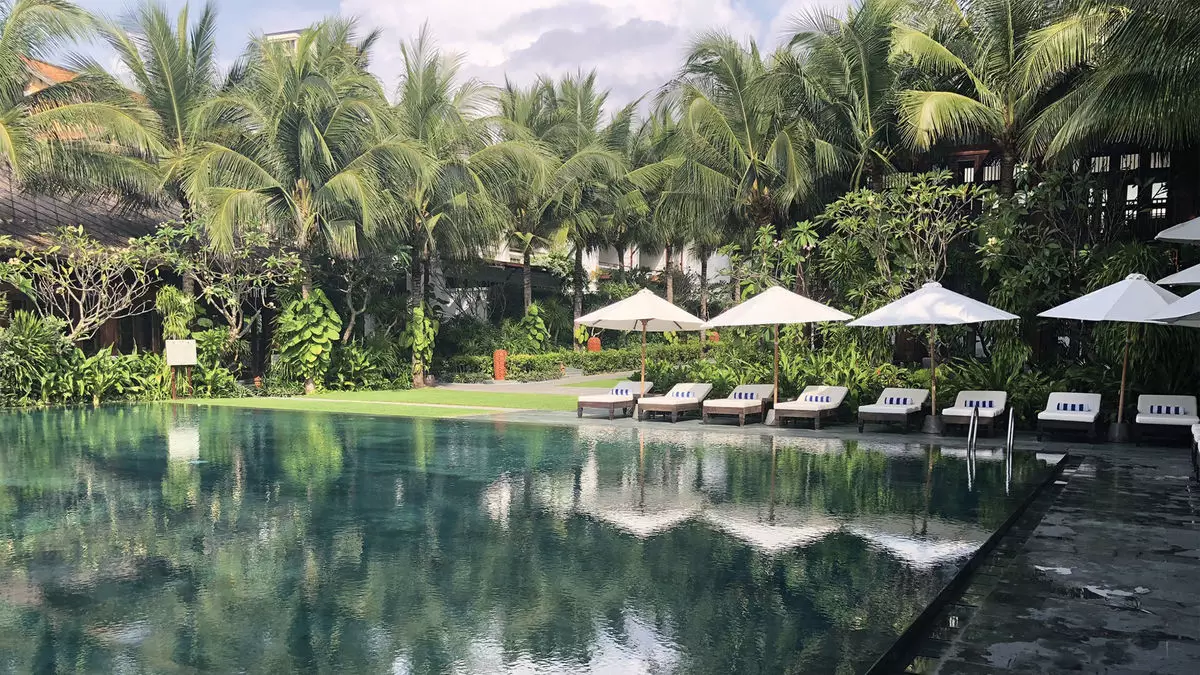In the wake of its tumultuous past, Vietnam has emerged not only as a resilient nation but as an invigorating travel destination. Once known as Saigon, the sprawling metropolis of Ho Chi Minh City bustles with life, cultural richness, and historical layers that still resonate within its crowded streets. The city’s transformation from a war-torn capital to a lively hub for both domestic and international tourism mirrors the country’s broader renaissance since the mid-1990s economic liberalization. The juxtaposition of the city’s historic charm against modern development offers a compelling backdrop for a journey that transcends mere sightseeing.
During exploratory ventures in Ho Chi Minh City, visitors often find themselves at the foot of majestic hotels echoing the French colonial era. The opulent lobbies of the Majestic, Grand, and Continental hotels serve as reminders of a bygone age while now housing a new generation of tourists eager to learn about both the triumphs and trials of Vietnam’s history. Nearby, the Independence Palace stands as a significant emblem of the country’s past, with its sprawling grounds hiding stories from the Vietnam War. Exploration of its underground bunkers and lavish residential areas—once home to foreign dignitaries—reveals the historical interplay between opulence and survival that characterized this period.
A visit to the iconic Central Post Office, designed in 1891, presents both architectural beauty and historical significance. While the structures captivate the eye, it is the personal stories behind them that leave a lasting impression on visitors. Local cafés and rooftop bars around these landmarks serve not only as spots for relaxation but also as places where the history and modernity of Vietnam intertwine.
A Changing Demographic of Tourists
The resurgence of tourism in Vietnam can be attributed to both nostalgia and curiosity. Since the country’s cautious re-embrace of Western tourists in 1997, Vietnam has seen a steady influx of visitors, particularly American war veterans and their families. This latter group, however, is dwindling, largely due to the advancing age of veterans who fought in the war. Many return not just to revisit memories but often seek closure, a personal reckoning with a past that shaped both their lives and the nation.
Organizations like Military Historical Tours offer unique programs tailored to veterans, where discussions and reflections take precedence over historical dates. For those like John Powell, who head such initiatives, the journeys are as much about healing as they are about tourism. Yet, with younger generations—those born after the war—now exploring Vietnam, the tourist demographic is shifting dramatically.
These new travelers are drawn to Vietnam’s cultural richness, affordability, and sensational food. Individuals like Terri-Ann Mattadeen, a 31-year-old history teacher, embody this new wave of visitors who prioritize experiential learning. For Mattadeen, the allure of Vietnam lies in its accessibility and the welcomed kindness of the locals, whose stories serve as living threads woven into the fabric of the country’s identity. Taking part in group activities, bonding over tattoos in Hanoi, or dining on regional delicacies, she reflects a different perspective on Vietnam’s past—not one defined entirely by conflict but rather by resilience, hope, and a dynamic present.
The Soul of Vietnam’s Tourism Experience
Traveling across Vietnam is as much about personal diaspora as it is about exploring new terrains. The Cu Chi tunnel system, for instance, is a stark reminder of the wartime struggles yet provides context to the current vibrant lifestyle. Similarly, the War Remnants Museum offers critical insights through its extensive collection of relics, cultivating ongoing dialogues about the effects of conflict on human lives.
Yet, the war is just one of many stories to tell. Modern tourists frequently discover the enchanting beauty of Halong Bay, participate in local fishing practices, or enjoy the lively streets of urban markets, allowing them to immerse themselves in Vietnamese culture authentically. Such experiences empower travelers, allowing them to appreciate not just the scenic allure but also the soul of a nation flourishing amidst the towering shadows of its past.
As Ho Chi Minh City continues to evolve, it stands as a testimony to Vietnam’s enduring spirit. The blend of old-world charm, poignant history, and modern leisure makes the city a dynamic crossroad, inviting visitors to engage with both its vibrant culture and the historical narratives that shaped it. Each trip to Vietnam is unique, offering visitors a chance to step into a story that is rich, varied, and ever-evolving. The nation’s journey towards healing, growth, and celebration of identity unfolds in every corner, waiting to be explored.


Leave a Reply